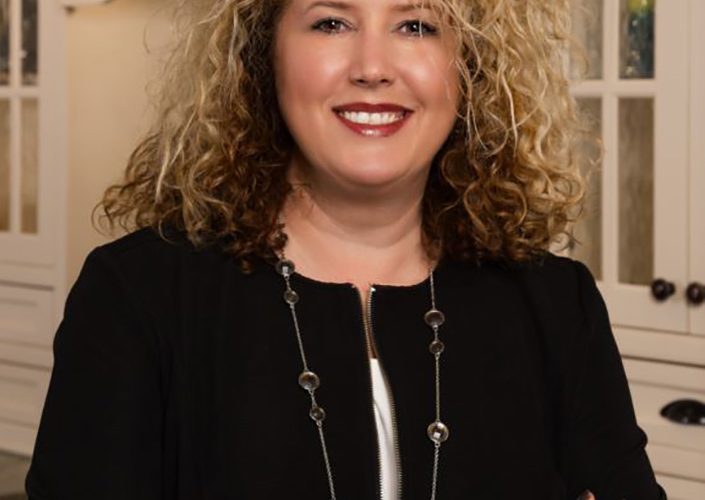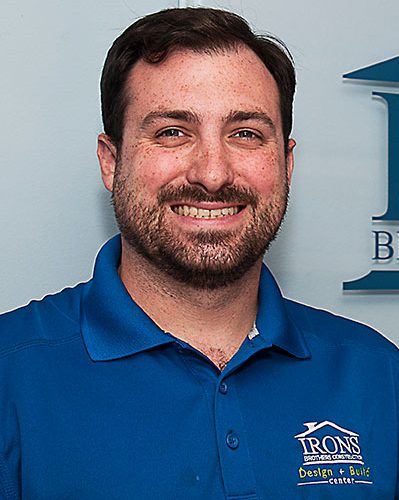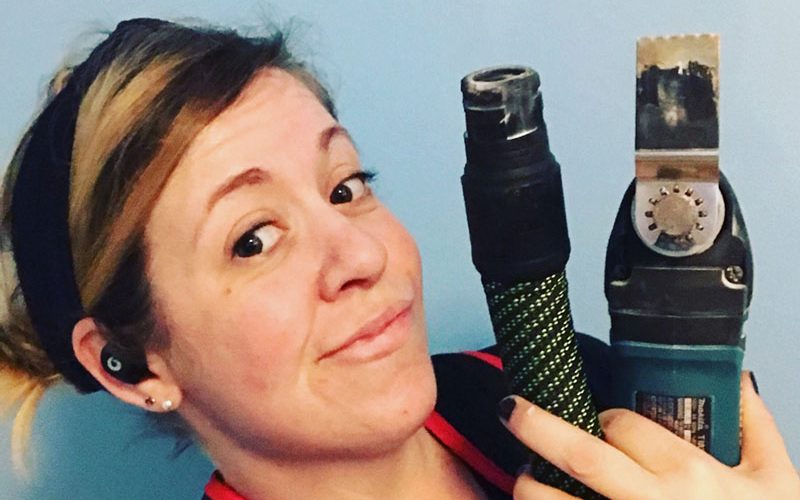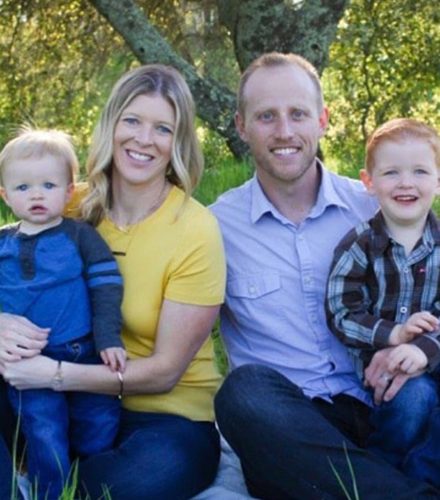Ep.98: [Back-Up] Getting Selections Done Before the Job Starts with Tanya Donahue
Editor’s note: We’re all working remotely, away from the podcasting studio, so we’ve dug into the virtual vault to bring you this episode. With so many projects on hold due to Covid-19 emergency orders, take some time to get your systems and processes ready for better days.
Developing a system that makes your kitchen and bath jobs more profitable has to include getting those all-important selections done early in the process — before the job even starts.
Tim does a session on this, and it’s based on what he learned from Rhode Island Kitchen & Bath, in Warwick, RI.
In this episode, Tanya Donahue discusses that process with Tim and Steve, and why it results in exceptional client experiences, and make everyone in the company happy and more productive.
Tanya is the president of Rhode Island Kitchen and Bath, and provides her team and her clients with proven strategic capabilities, backed by her strong record of success. She’s spent more than 25 years in the home building and remodeling industry, and her main focus is to create, communicate, and implement the organization’s vision, mission, and overall direction. Tanya is a member of the Rhode Island Builders Association, served as co-chair of the Remodeler’s Committee and is a former member of the board of directors. She was selected as a 2017 Industry panelist for Harvard University’s Joint Center on Housing Studies, and was a judge of the 2018 National Qualified Remodeler Design Awards. She was also the recipient of the 2017 ProRemodeler Extreme Sales Award.
At the company, when a job packet goes to production from sales, it has every selection made, right down to the color and manufacturer of the caulk to be used. So much money is lost when something is missing on the job. If your company isn’t doing it this way, Tanya says, it may seem overwhelming, but she tells you how to get your organization on board with making selections before the job starts, including:
- Making the client the boss, sort of
- Getting buy-in from sales and design
- How it increases productivity in design and sales
- Including photos in the job packet for easy identification on site
- Starting with the must-haves
- Controlling the client through education in the process
- Figuring out how clients make decisions
- Why cabinets can drive their start date
- Starting with a reservation form, and using it as a reality check on the schedule
- The power of the visual production board
- How to do it without a showroom
- And more …
Integrating sales and production in a continuous communication loop from start to finish is key to the whole process.
Don’t Miss Build Aid on April 1-2…
We want to give back to an industry that has supported us through good times and bad, and so we’ve created Build Aid, a FREE, two-day virtual event to help support our members, associates, and friends in the remodeling community.
Join us on April 1-2 as we explore various ways your business can navigate these tough times, and position yourselves as a leader when the world begins to recover and re-build. Click Here for more information & registration












